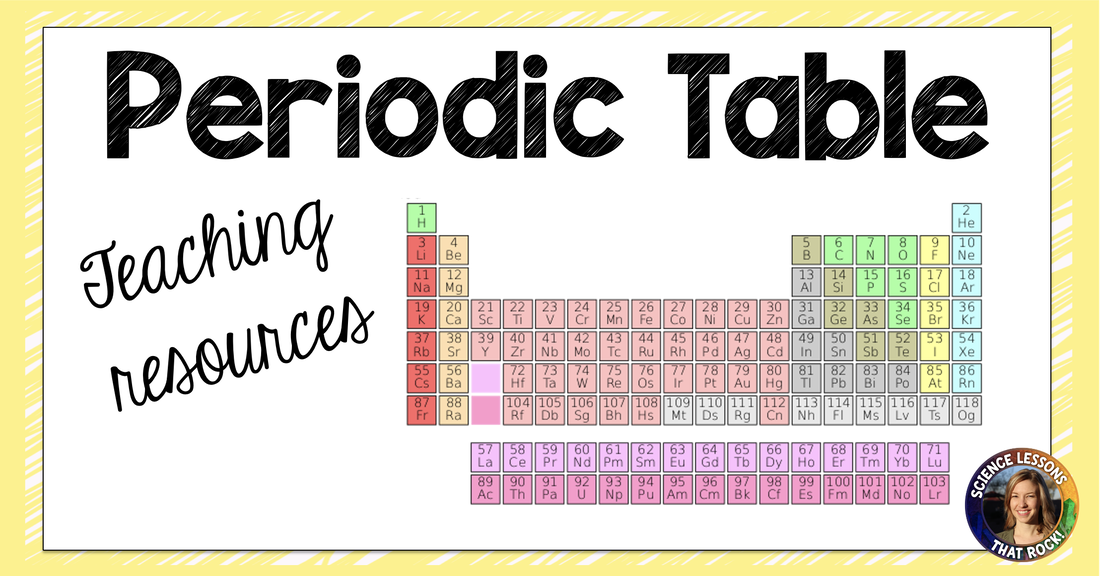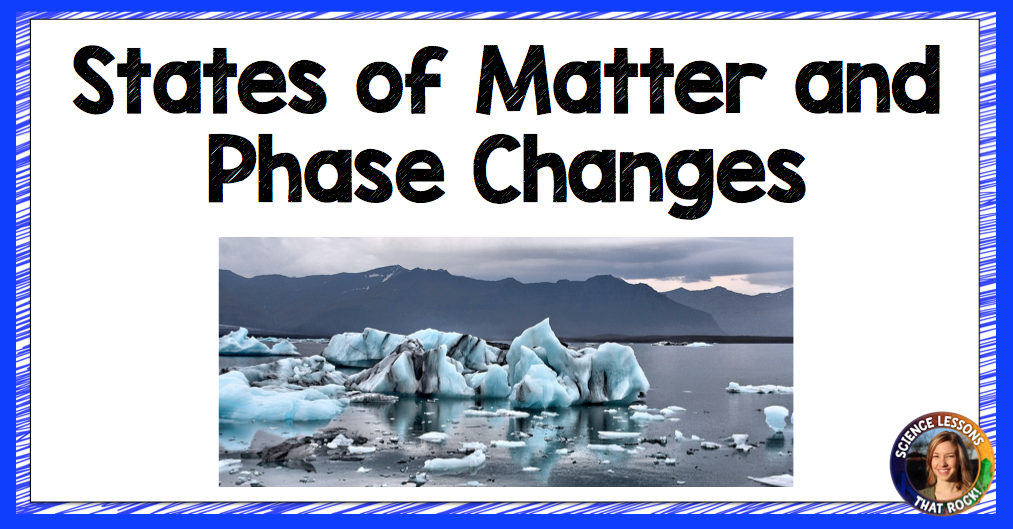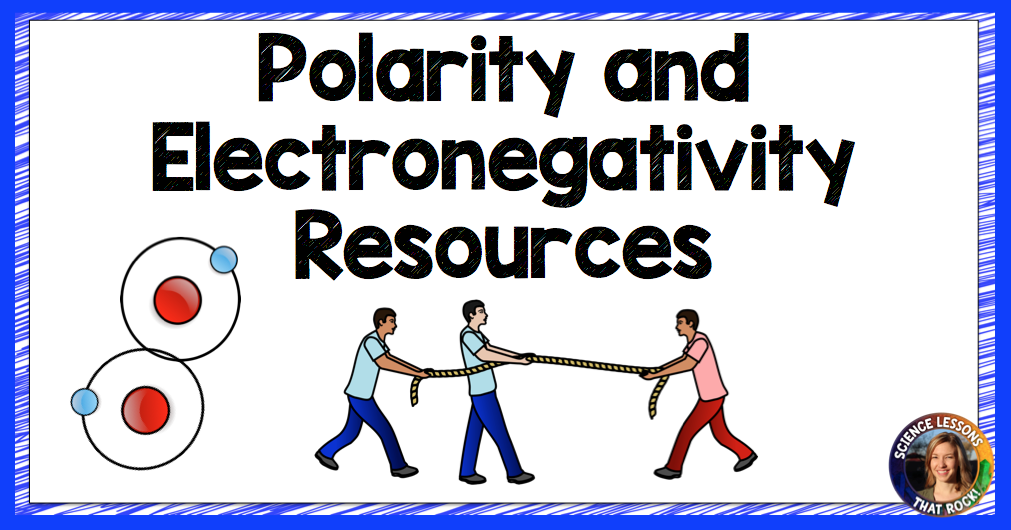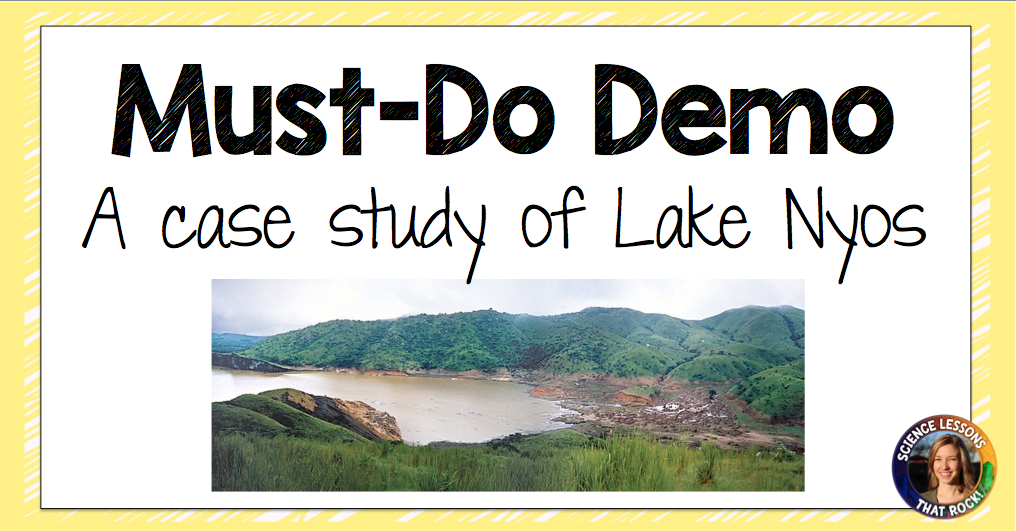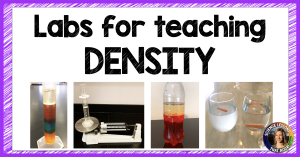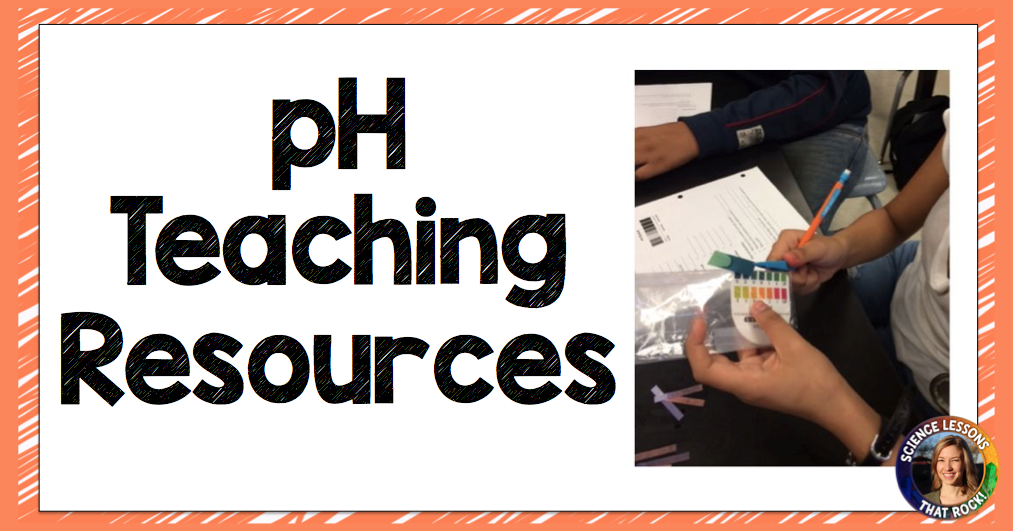
Chemistry Flame Test Lab
How are fireworks made? If you took chemistry in college, one of the labs you likely remember most is the famous flame test experiment. In this experiment, different unknown metals are burned and students will identify the metal based on the color of the flame. How does it work? Heating

